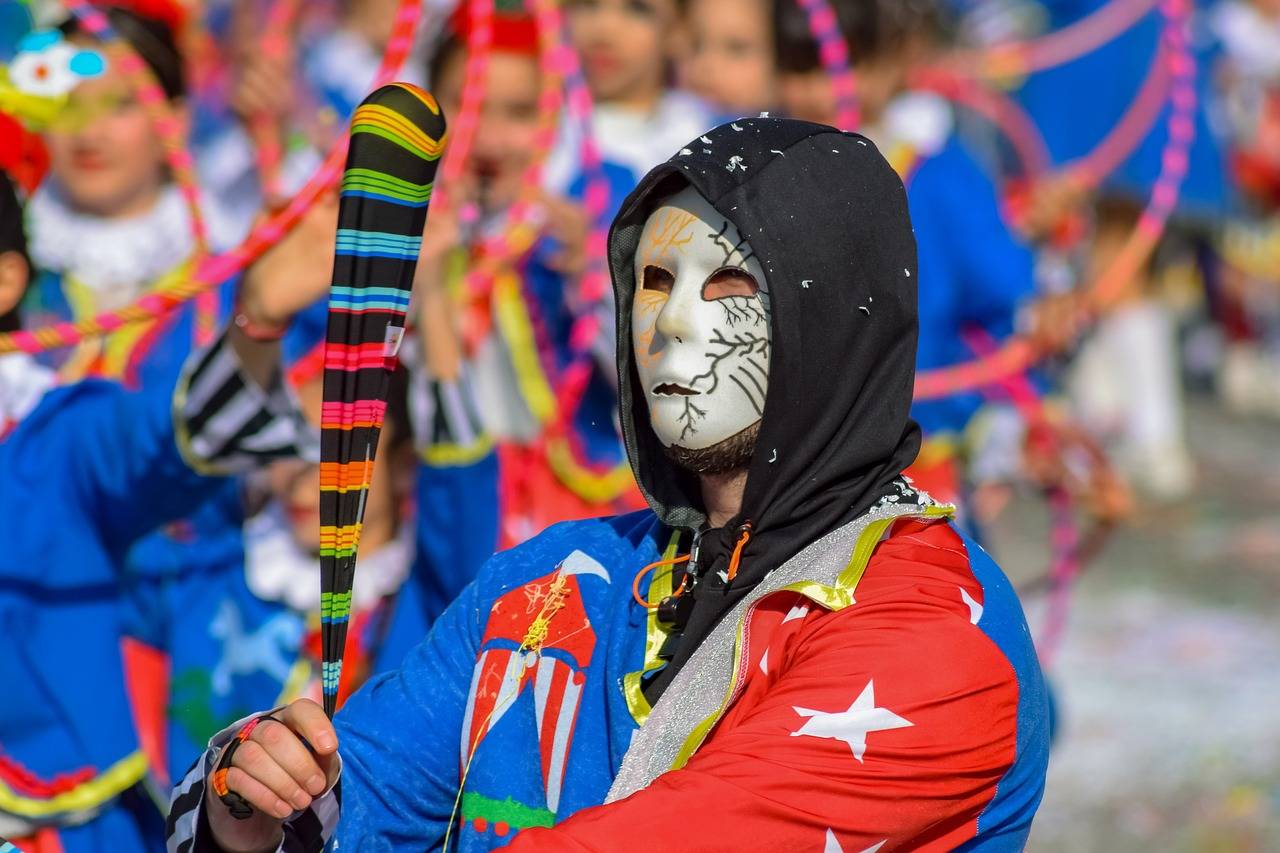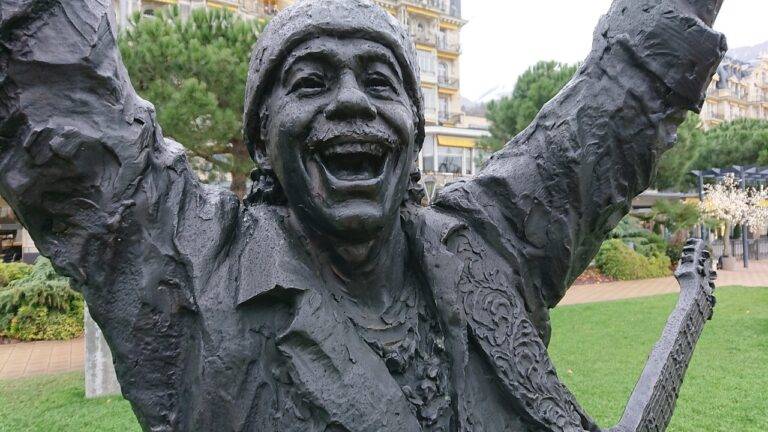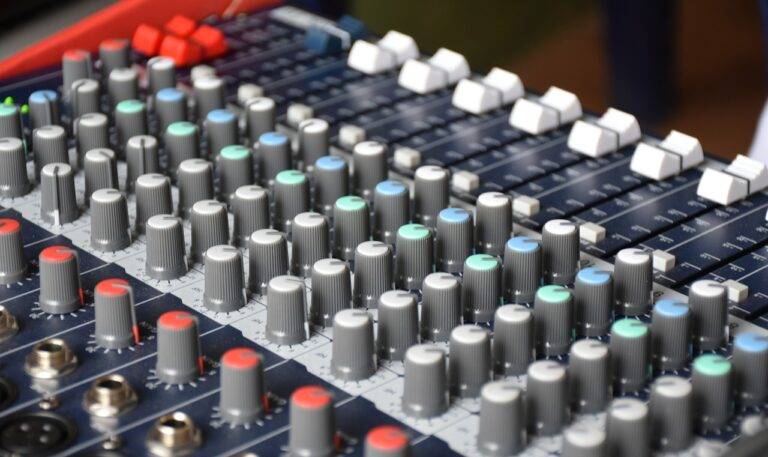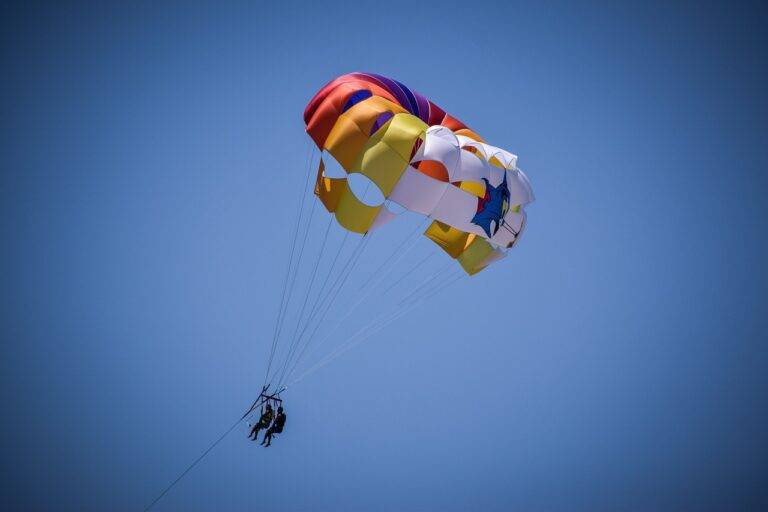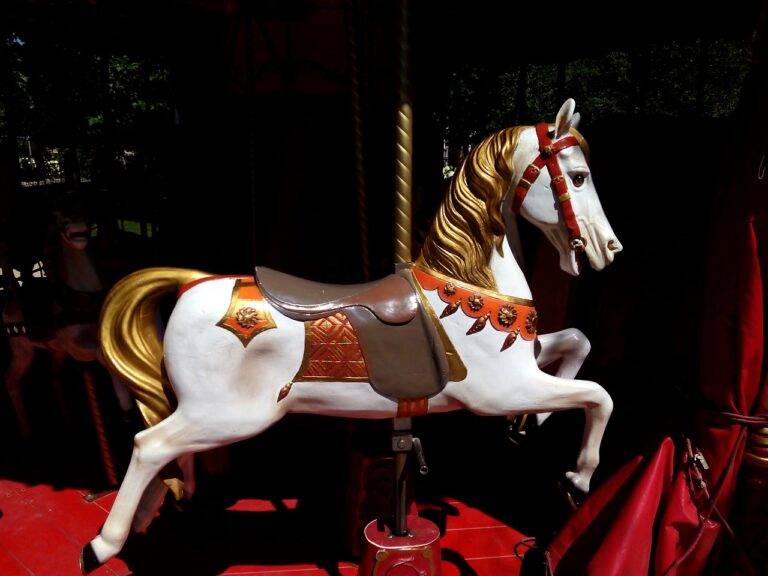The Role of Choreography in Creating Iconic Movie Fight Scenes
Fight scene choreography holds a pivotal role in the realm of cinema, dating back to the early days of film. Throughout history, fight scenes have served as a fundamental element in storytelling, capturing audiences with their intense action and riveting sequences. From the swashbuckling sword fights of classic Hollywood to the intricate hand-to-hand combat of modern blockbusters, choreography has evolved to become a defining feature of many films.
In the early years of cinema, fight scenes were often simplified, with actors relying on basic movements and editing techniques to convey the action. However, as the art of choreography advanced, filmmakers began to integrate various fighting styles and techniques into their scenes, adding depth and complexity to the storytelling. The choreography of fight scenes became more intricate and realistic, enhancing the overall viewing experience and immersing audiences in the on-screen action like never before.
The Influence of Martial Arts in Movie Fight Scenes
Martial arts have undeniably left a profound mark on the world of film and entertainment, particularly in the realm of fight scene choreography. The intricate movements and techniques inherent in various martial arts disciplines have lent an added layer of authenticity and flair to on-screen combat sequences, captivating audiences worldwide. From the fluidity of Wing Chun to the power of Muay Thai, martial arts have become a cornerstone of many iconic fight scenes, bringing a sense of realism and intensity to the action.
Moreover, the incorporation of martial arts into movie fight scenes has also contributed to the cultural appreciation and understanding of these ancient combat traditions. By showcasing the beauty and complexity of forms such as Taekwondo, Judo, and Kung Fu on the silver screen, filmmakers have not only entertained audiences but also sparked a renewed interest in these diverse martial arts styles. As a result, the influence of martial arts in movie fight scenes extends beyond mere entertainment, serving as a bridge that connects viewers to the rich history and heritage of martial arts around the world.
The Evolution of Choreography Techniques in Film
Since the early days of silent films, choreographing fight scenes has been an essential element in moviemaking. In the past, fight sequences were often improvised on set, resulting in chaotic and sometimes unconvincing scenes. As the art of filmmaking progressed, choreography techniques began to be more carefully planned and executed.
With the rise of martial arts films in the 1970s, the demand for more skilled choreography in fight scenes increased. Filmmakers started incorporating different martial arts styles into their choreography, leading to more dynamic and visually impressive fight sequences. This shift not only elevated the entertainment value of fight scenes but also highlighted the artistry and athleticism of the performers involved.
What is the historical significance of fight scene choreography in film?
Fight scene choreography has played a crucial role in enhancing the storytelling and entertainment value of movies, dating back to the early days of cinema.
How has martial arts influenced movie fight scenes?
Martial arts have had a significant impact on movie fight scenes, with many filmmakers incorporating various techniques and styles into their choreography to create dynamic and visually stunning sequences.
How have choreography techniques evolved in film over the years?
Choreography techniques in film have evolved significantly, with filmmakers constantly pushing the boundaries of creativity and innovation to deliver more realistic and exciting fight scenes for audiences to enjoy.

